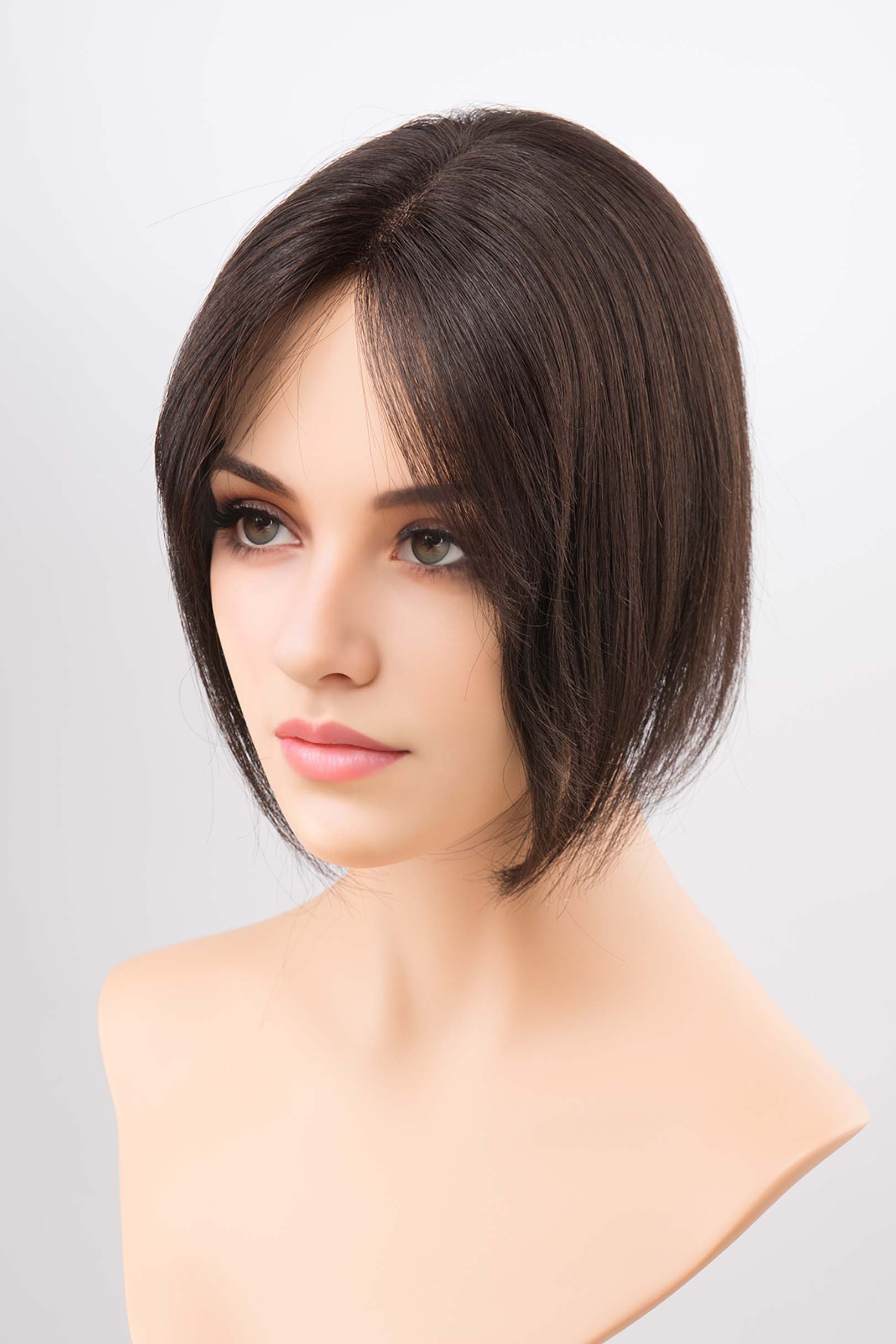Mar 01, 2024
7 Essential Things to Know About Wigs for Cancer Patients

New to wigs? We're here to help.
Would you like to try on a wig in person? Click here to make an appointment and visit us at our Pasadena location.
Navigating through cancer is undeniably challenging on both physical and emotional levels. One of the side effects of chemotherapy is hair loss, which can be particularly distressing for patients. In this article, we will explore seven key aspects to consider when selecting wigs for cancer patients, from preparing for hair loss to maintaining the wig in the long run.
1. Preparing for Hair Loss
The American Cancer Society states that hair loss typically begins within the first 2 to 3 weeks of chemotherapy. It's crucial to be ready for this, as hair may fall out sooner than anticipated. Fallen hair can cause tangling issues and provoke negative emotions. One option to consider is shaving your hair off. Measure your head size and try on various wigs to determine the best fit. This approach can help avoid potential challenges when trying wigs with sensitive scalps due to chemotherapy treatment.
2. Finding the Right Place to Shop for a Wig
When searching for a wig, make sure to find a reputable store or online retailer. There are numerous online sellers offering wigs at varying price points, with some as low as $20. However, these options might not prioritize realistic appearance or comfort. Alternatively, consider shopping at a physical wig store that specializes in wigs for cancer patients. These stores often have knowledgeable staff who can provide guidance, support, and the opportunity to try on wigs for the perfect fit. At Haute Tress, we carry affordable human hair wigs designed specifically for individuals experiencing hair loss, with our staff ready to assist you in finding the right wig. Book your appointment for a free consultation today: appointment – Haute Tress (hautetress.com)
3. Synthetic Wig vs. Human Hair Wig
There are two main types of wigs: synthetic and human hair. Synthetic wigs are more affordable, easy to maintain, and come pre-styled and pre-colored, with a broader range of color options compared to human hair wigs. However, they cannot be dyed or restyled beyond minor adjustments. Human hair wigs, on the other hand, appear more natural and can be styled in various ways. They also offer a longer lifespan, lighter weight, and increased breathability. However, they require more maintenance and are more expensive.
4. Machine Made vs. Hand Tied

Machine Made Wig

Hand Tied Wig
Hand Tied wigs have a lace base or monofilament base that blends seamlessly with your scalp, offering a natural appearance. Lace or monofilament also enhances breathability, allowing for versatile hair parting and comfortable all-day wear. Machine Made wigs, while more affordable, may not provide the same natural look. Consider your personal preferences and budget when selecting between these options.
5. Filing Your Insurance Claims
Some insurance companies cover the cost of a wig for cancer patients. Consult your insurance provider to understand their coverage and requirements. Keep all relevant documentation, such as a prescription from your doctor and receipts for wig purchases, to ensure a smooth claims process. Note that wigs are often referred to as cranial hair prostheses in this context.

Example of an insurance claim
6. Wig Accessories to Consider
To enhance wig comfort, consider investing in wig accessories. Helpful items include a wig stand (to maintain the wig's shape), wig grips (to prevent slipping), and a wig cap (to protect your scalp).

7. Wig Maintenance Tips
Proper wig maintenance is vital to keep your wig looking its best. Here are some tips:
- Follow the manufacturer's instructions for washing your wig.
- Determine how often to wash your wig based on factors such as the wig type, how often it's worn, and personal preference.
- Allow the wig to air dry on a wig stand.







